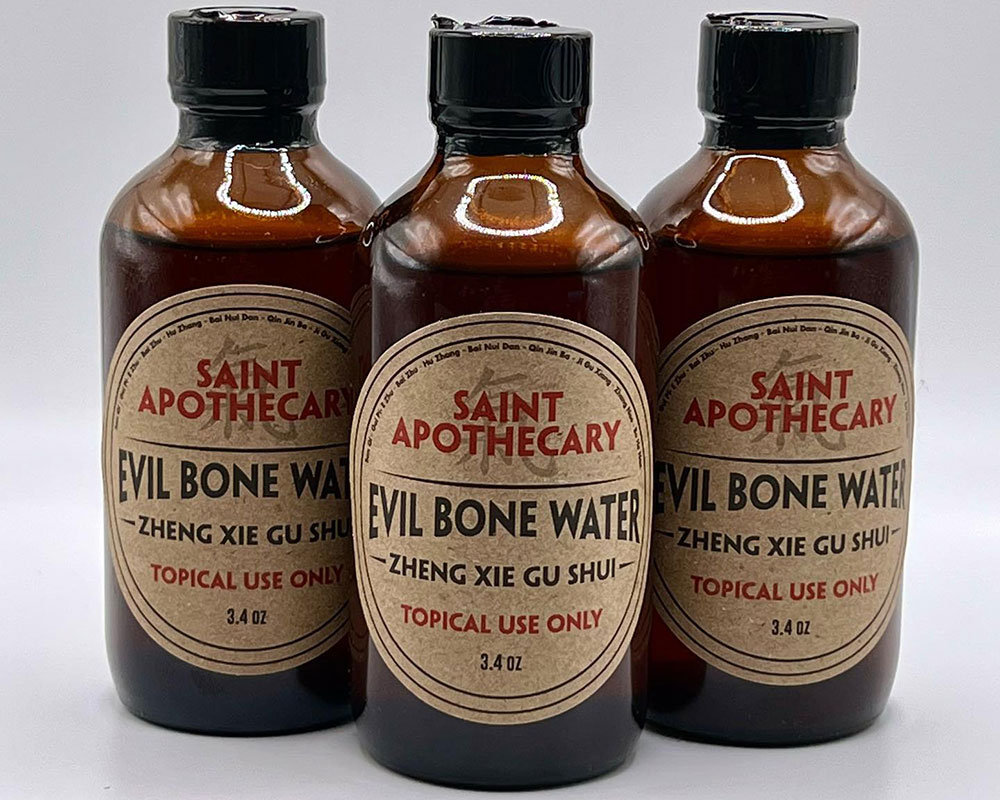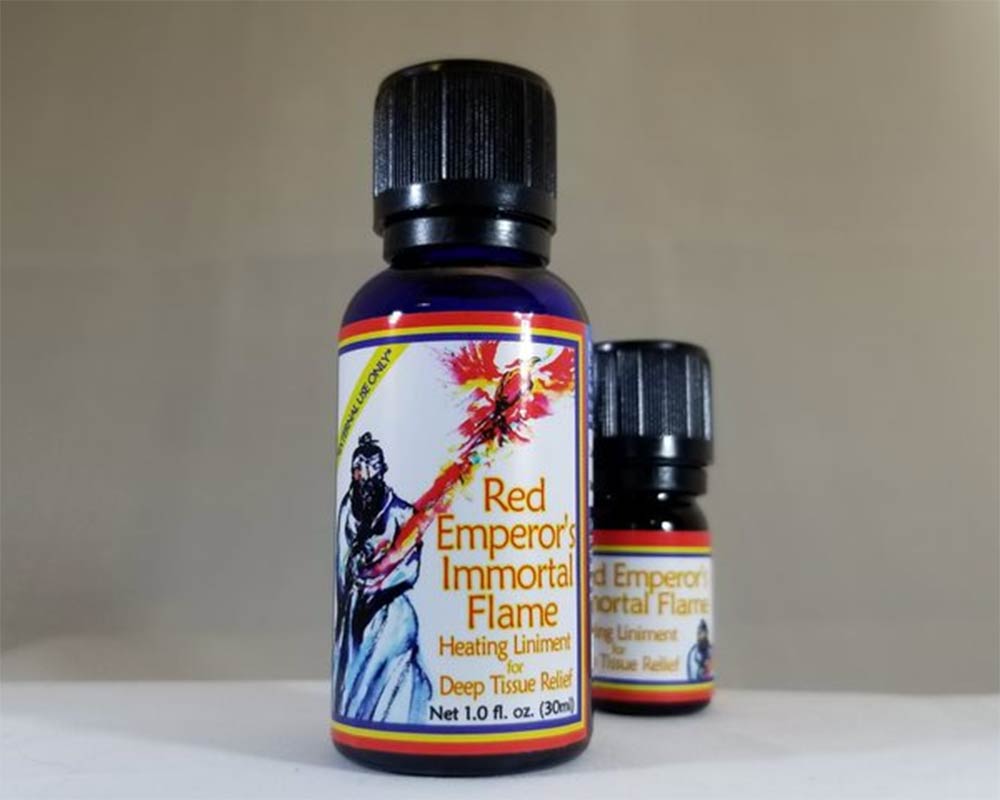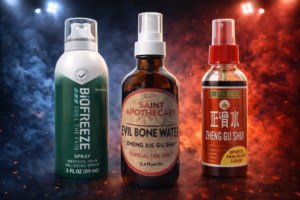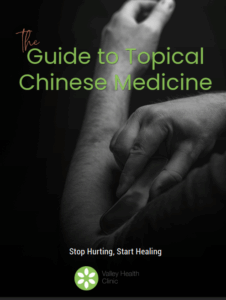The Link Between Stubborn Chronic Neck Tension and Chest Breathing
If you are constantly grappling with chronic neck tension that never seems to disappear completely, even with massages and other therapies, it may be time to look at your breathing habits. This tension could be an indication that you are breathing with your chest and using your secondary breathing muscles too much. Chest breathing causes your upper neck muscle to elevate your chest as you breathe. Over time, these muscles can become overused, leading to larger muscles like your trapezius to remain tight.
Recognizing Your Breathing Patterns
So what is your breathing pattern
Picture yourself just getting into a hot tub after a long day at work, the warm water hits your skin, and your body begins to relax; you take a deep sigh. This type of breath is driven by the parasympathetic nervous system, which controls relaxation and the exhalation process. Breathing from your nose and belly while having a long, slow exhale is the key characteristic for relaxed breathing.
Contrarily, picture yourself jumping into an icy bath. This would cause you to gasp and start breathing from your chest. When under stress or shocked by cold, your sympathetic nervous system kicks into gear, and your breathing pattern alters. You begin to mouth and chest breathe with shallow quick inhales.
This shift in breathing is also noticeable when exercising. As you walk at a leisurely pace, you should be nose-breathing. But as your pace quickens and turns into a run, your oxygen demand soars, triggering the sympathetic nervous system and secondary breathing response involving mouth and chest elevation.
Don’t Get Stuck in the Cycle
Chest and mouth breathing can be very appropriate when exercising or dealing with stressful situations, but what can happen is people get stuck in that cycle. This means they’re constantly activating their secondary breathing mechanism, leading to overuse of neck and chest-elevating muscles, which in turn causes the persistence of neck tension.
Identifying Chronic Chest Breathing
A simple way to check if you’re a chronic chest breather is to observe if your mouth is dry upon waking up. A dry mouth could signify that you’ve been mouth-breathing through the night and potentially during the day.
Moreover, the sympathetic nervous system, being part of our stress response, also leads the body to retain tension. This can be observed when under stress; you might find yourself clenching your jaw or fists. This tension, coupled with chest breathing, keeps the muscles in your upper neck perpetually tight.
How to Counteract Chronic Neck Tension
To counteract this, two techniques can be adopted: shaking and diaphragm breathing.
Shaking
First, start by shaking to help release the clenching muscles in the upper body.
To reap the benefits of shaking, begin by shaking your extremities and gradually work your way up the body. Start with your hands and feet, then progress to your elbows and knees, followed by your shoulders and hips, and finally, your back and neck. Shake them in freestyle movements, alternating sides, or even shaking the opposite extremities simultaneously, such as your right hand and left foot. Always adhere to your body’s comfort and balance.
During these exercises, ensure that you’re breathing through your nose. Take deep, fulfilling breaths, filling your lungs and air pathways with oxygen. Concentrate on long, slow exhales through your nose to maintain a state of relaxation. Nose breathing boosts the amount of nitric oxide and CO2 you inhale, which helps expand blood vessels and enhance circulation.
Finally, include your shoulders and hips in the shaking routine. To add a fun twist, try some shoulder-shrugging motions. Twisting your body around ensures all muscles are well-stretched and primed for more intense activity.
Conclude the exercise by gently twisting your spine: swing your arms from side to side while looking behind you.
Diaphragm Breathing
Diaphragm breathing, on the other hand, helps to deactivate the secondary breathing muscles, consequently reducing muscle tension in the neck. The practice of diaphragm breathing involves
To fully reap the benefits of diaphragmatic breathing, it’s important to practice it correctly. The diaphragm, being a large muscle, needs a little resistance for effective activation. Nose breathing offers an easy way to increase this effort and naturally activate the diaphragm. Here’s a basic guide to diaphragmatic breathing:
- Sit in a comfortable position or lie flat on the floor, bed, or any comfortable, flat surface.
- Relax your shoulders.
- Put one hand on your chest and the other on your stomach.
- Breathe in through your nose for about two seconds, feeling the air moving through your nostrils into your abdomen, making your stomach expand. Ensure your stomach moves outward while your chest remains relatively still during this type of breathing.
- Purse your lips (as if you’re about to drink through a straw), press gently on your stomach, and exhale slowly for about two seconds.
- Repeat these steps several times for the best results.
- By incorporating diaphragmatic breathing into your routine
Enhancing Your Self-Care Routine with a Cooling or Warming Self-Massage
After you have completed your shaking exercises and diaphragmatic breathing routine, a self-massage can be a wonderful next step to further reduce muscle tension and promote relaxation. You can customize your self-massage with either Evil Bone Water for a cooling sensation or Red Emperor Immortal Flame for a warming sensation. Here’s how:
Applying Evil Bone Water for a Cooling Massage
Evil Bone Water, an ancient remedy from traditional Chinese medicine, provides a cooling sensation that can be quite relieving, particularly for tension or inflammation. It comes with a spray applicator which can be very useful For hard-to-reach areas such as the back of your neck,
To use, spray a reasonable amount of Evil Bone Water onto the back of your neck. Then interlock your fingers together gently rub your neck with a washing motion. Your pinky fingers should be rubbing the occiput or base of the skull and your thumb should rub across a large bump on your spine or first thoracic vertebrae. This should result in an immediate cooling effect, easing tension and providing a soothing sensation.
Applying Red Emperor Immortal Flame for a Warming Massage
If you are looking for a warming effect, Red Emperor Immortal Flame is your go-to solution. Known for promoting blood circulation and offering deep warmth, it’s ideal for relieving sore, stiff muscles and joints.
For a focused warming massage, you’ll want to apply this to liniment to specific acupuncture points.
- Du 14 (located on the midline of the body, directly below the spinous process of the seventh cervical vertebra)
- GB 20 (located in the depression between the upper portion of the sternocleidomastoid muscle and the trapezius)
Apply a couple of drops of Red Emperor Immortal Flame to your fingers or directly to these points and gently massage them with your fingertips in a circular motion. The warmth generated by the product should relax your muscles, further promoting a feeling of well-being and relaxation.
During both types of massage, it’s essential to maintain your rhythmic breathing, inhaling deeply through your nose and exhaling slowly and deliberately through your mouth. This practice further aids relaxation and amplifies the benefits of your self-massage.
Regardless of whether you prefer the cooling sensation of Evil Bone Water or the warming sensation of Red Emperor Immortal Flame, incorporating self-massage into your routine can provide significant relief from muscle tension, promote circulation, and induce a deep state of relaxation. This level of self-care is not only enjoyable but also instrumental in maintaining overall health and well-being.
Conclusion
The resolution to the persistent problem of chronic neck tension may be more within your control than you might have previously thought. The persistent pain and discomfort that has perhaps become an unwelcome constant in your life could potentially be mitigated, if not eliminated, by implementing relatively simple changes to your daily routine.
It could be that the missing piece of your wellness puzzle lies in something as fundamental as your breathing pattern. By consciously shifting from chest breathing to diaphragmatic breathing, you may find that the grip of chronic neck tension begins to loosen. Coupling this with a balanced regimen of shaking exercises, diaphragmatic breathing, and self-massage using either Elbow Bone Water for a cooling effect or Red Emperor Immortal Flame for a warming sensation, and you will be on the path to relieving this tension for good.
Remember, the road to wellness isn’t a sprint but a marathon that requires consistent care and attention to your body’s signals. While these techniques can be highly beneficial, it’s always essential to consult with a healthcare professional before incorporating new practices into your routine. With the right approach and dedication, you can overcome chronic neck tension and elevate your health and well-being.
Buy Evil Bone Water & Red Emperor's Immortal Flame Today!
Evil Bone Water (Zheng Gu Shui) is a Chinese topical medicinal hand-crafted with only empirical grade herbal ingredients in an approved facility.
This liniment has been carefully crafted with a unique blend of organic medicinal herbs, organic Wintergreen Essential Oil, organic menthol, and organic olive oil to provide fast-acting pain relief for both chronic and acute pain.
About the Author
Willard Sheppy is a writer and healthcare practitioner who seamlessly melds scientific knowledge with practical applications in engaging and authoritative articles. He holds a Bachelor of Science in Environmental Science from Oregon State University and a Master’s in Acupuncture and Oriental Medicine from the distinguished Oregon College of Oriental Medicine.
In his work, Willard skillfully combines his extensive educational background in scientific research with his practical experience as a healthcare practitioner. Willard balances his life with martial arts and cherished family adventures. As a father of three, he often leads his family on camping and hiking trips along the breathtaking Oregon coast.
Connect with Willard on LinkedIn at linkedin.com/in/valleyhealthclinic or learn more about his services at valleyhealthclinic.com. Embark on this journey towards holistic health with Willard!










